Estimated reading time 12 minutes, 44 seconds.
WestJet, at one time the country’s darling low-cost startup, has entered a major growth phase amidst a competitor-filled landscape. Ed Sims, the company’s president and CEO and a recent addition to Canada’s evolving airline sector, has the task of navigating the company through what observers are citing as the most turbulent headwinds since its first flight in 1996.

Skies sat down with Sims at the company’s Calgary campus this past December to gain some insight into the airline’s strategy and evolution.
Skies: Could you detail your professional background and the key factors that made WestJet Airlines a fit for your skill set?
Ed Sims: I grew up in Wales with academic parents. They had high expectations for me to follow them into academia, so I did the exact opposite. After graduation, I chose travel as an industry of interest and started on the front line at London Gatwick Airport as a check-in agent. It really opened my eyes to the possibilities that travel provides to people–adventure, excitement and experience–but the experience also gave me a very good inside look at how aviation marketing, customer service and the back end of airports work. It was fascinating, and I was hooked.
From there, my career developed in management and leadership roles in the U.K. and Australasia with Virgin and Air New Zealand, and finally as CEO of Airways, New Zealand’s air navigation service provider.
I first met with WestJet back in 2010 and loved the culture, the history of growth and their caring brand profile. The similarities between New Zealand and Canada are striking–smaller nations next to larger neighbours, with isolated populations that provide operational challenges for airlines. WestJet’s growth and expansion beyond Canada were challenges I understood and willingly took on. As a runner, I am used to the concept that you overtake competitors on uphill stretches.
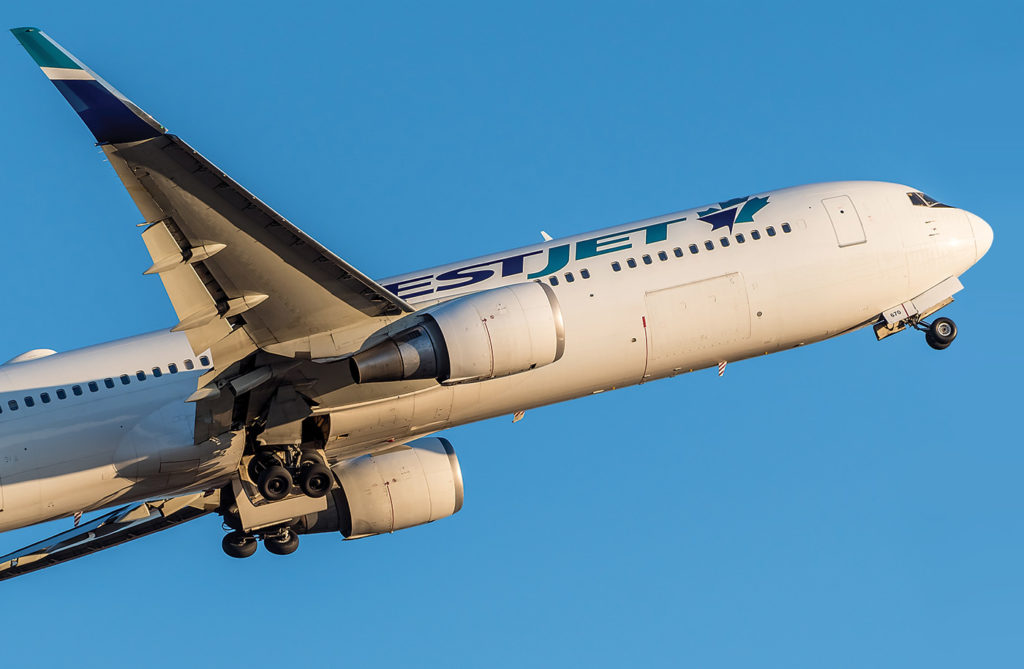
Skies: WestJet faced its first loss in Q2 2018 after more than 50 consecutive quarters of profitability–should investors, your guests or employees be concerned?
ES: The company’s first loss in 52 quarters was obviously disappointing but driven by some specific and one-off factors. We have learned from those and are committed to returning to sustainable profitability.
We had some very taxing headwinds that culminated in the loss, including high fuel prices, labour issues and changes to airline partnerships, along with over-capacity in the Canadian market.
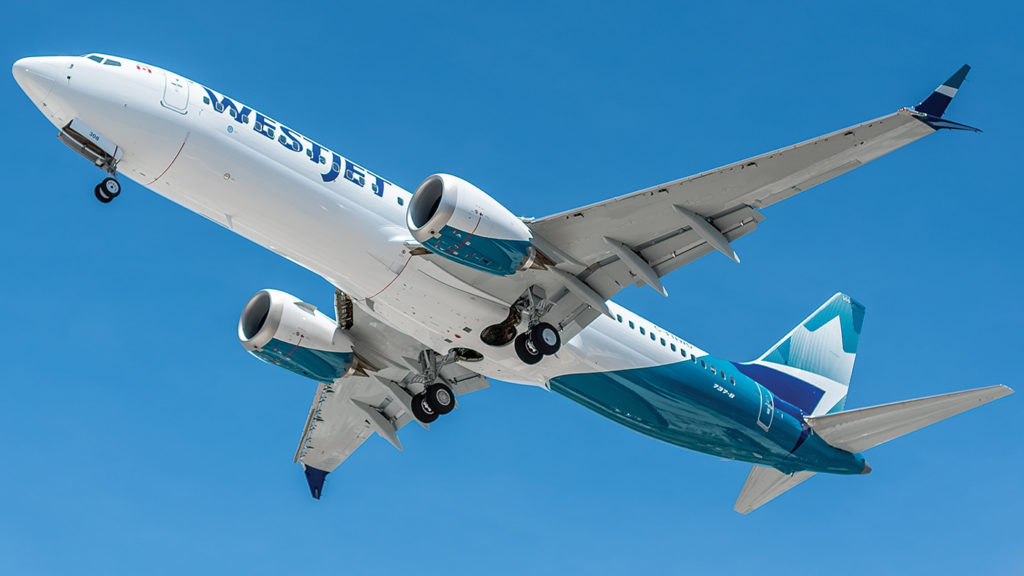
But we are not sitting around waiting for the skies to clear. Starting on day one of Q3 we began our turnaround, including moving quickly to match supply with demand domestically and reducing our domestic capacity growth plans by six points. In addition, we moved forward with millions in cost-saving initiatives through our owner’s mindset program.
We have set the stage to deliver on our strategic imperatives of going global, premium travel, reliability and profitable growth. In this year alone, we launched two airlines (Swoop and WestJet Link), realigned our fare classes, submitted our joint venture with Delta Airlines to the U.S. Department of Transportation and the Canadian Competition Bureau, introduced a new Rewards tier and enhancements, and became the first Canadian airline to launch AI [artificial intelligence] with our chatbot, Juliet.
The road ahead is not easy but with process, discipline and structure, I am confident that we will get there.
Skies: Could you discuss the viewpoint that your current growth costs are outpacing revenues?
ES: We are committed to maintaining our cost advantage over our major domestic competitor–and our $200 million owner’s mindset program is well underway and on track to deliver these savings. The arrival of the Boeing 787 to our fleet with its business and premium cabins, and the introduction of a revamped premium cabin on the 737 aircraft, will provide opportunities to improve yield.
Despite our financial challenges last year, we still have a strong balance sheet with excess cash close to 30 per cent. We remain one of only seven airlines globally with an investment grade rating.
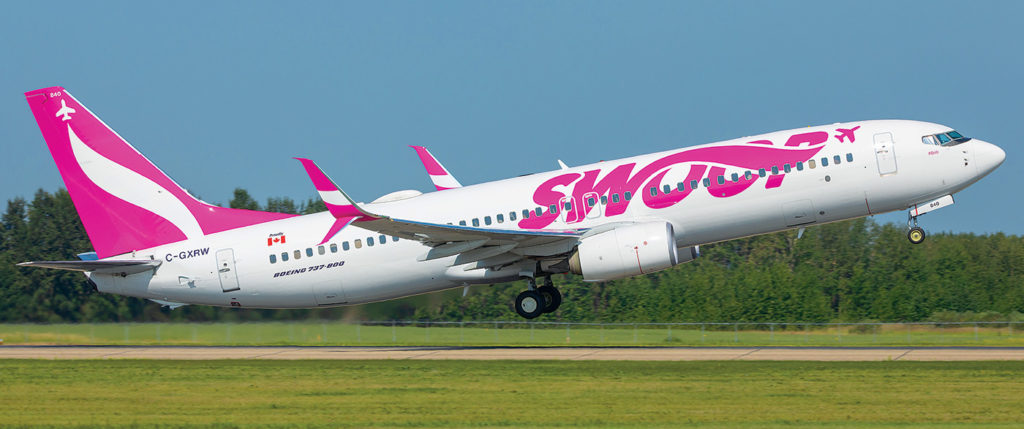
Skies: Swoop, your ULCC entrant, has commenced service between seemingly secondary domestic Canadian points with some services to select U.S., Mexican and Caribbean vacation destinations. Can you comment on the premise that at some point Swoop will cannibalize certain WestJet services? Further, what can we expect of your in-house ULCC once its full aircraft complement has been met, late next year?
ES: Swoop launched in June between five Canadian destinations. This winter, it’s flying to 10 destinations, including Montego Bay, Jamaica, and three Mexican destinations: Puerto Vallarta, Cancun and Mazatlan. Swoop’s focus is stimulating the market and attracting travellers who may not have had the opportunity to travel before. Younger students, older travellers on pensions, and larger groups can now travel more frequently, with average fares often below $100. It’s not about stealing WestJet guests, but opening up opportunities for more guests to travel.
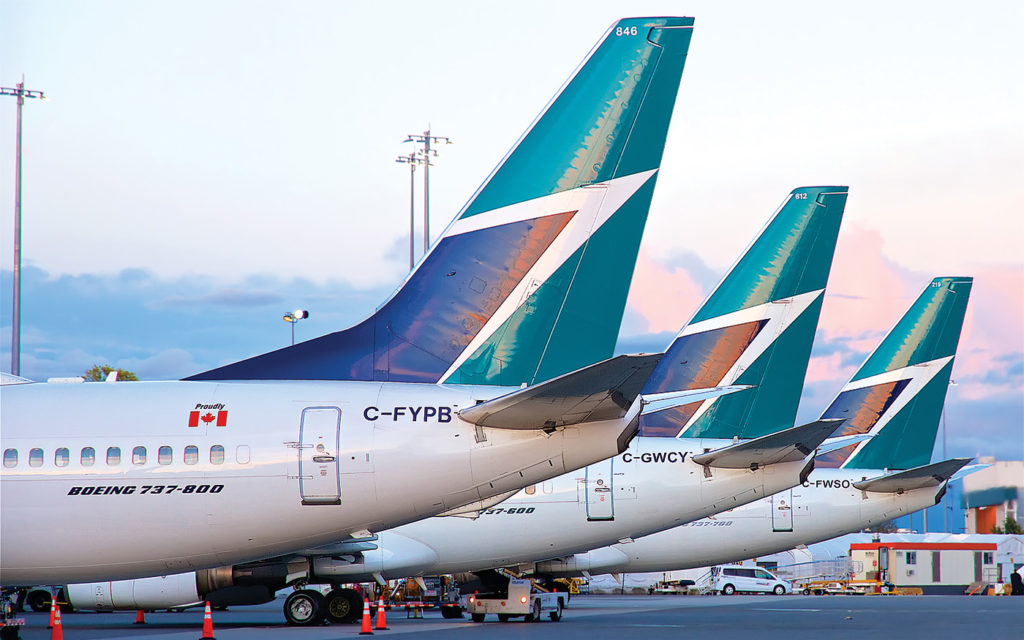
In a Canadian market with high infrastructure costs, Swoop is already ensuring fewer Canadian travellers feel the need to look south of the border for cheaper fares, and 2019 will bring more measured growth. Swoop flies six Boeing 737s-800s and will add four more of the same this year.
I am pleased with the early results: high load factors and costs running below forecast. In the highly competitive airline business, he or she with the lowest cost always wins.
Skies: Some pundits are quick to note that WestJet has strayed dramatically from its original model: non-union, employee profit-sharing and folksy management style that kept the unions at bay over much of the airline’s existence. How do you view the in-roads that recent unionization has brought to WestJet?
ES: There are two points being made here. First is that we have strayed from our business model. ‘Strayed’ implies that this has been inadvertent or accidental in nature, whereas the reality is that this has been strategically planned and we are delivering against that strategy.
We have been disciplined and prudent in the choice of long-haul routes and in our aircraft configuration, and are confident in the decisions we have made in these areas.
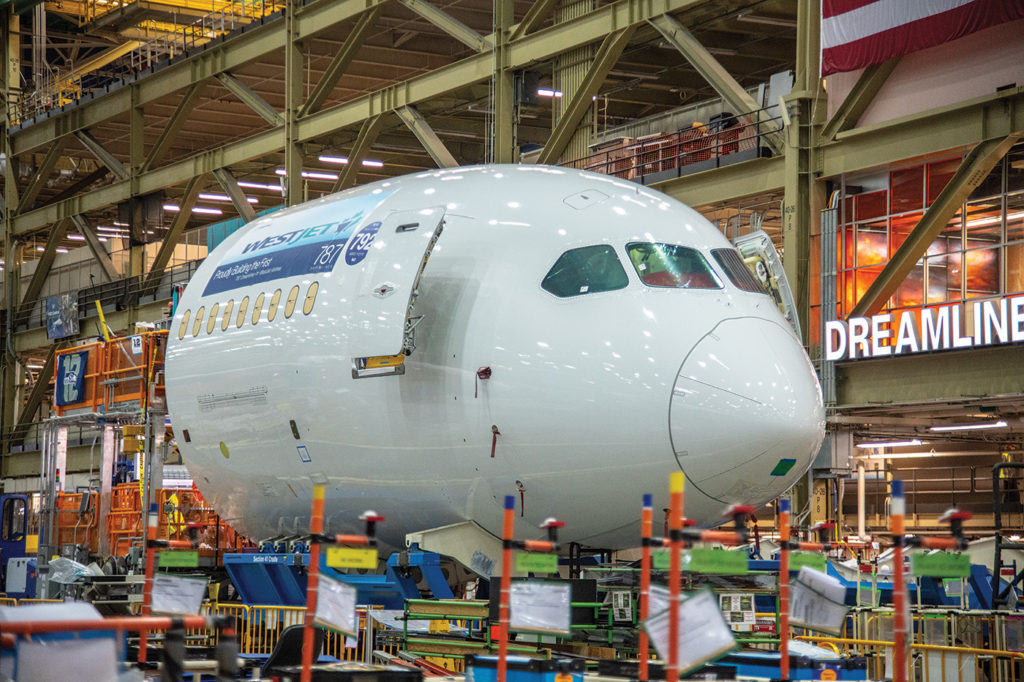
Second, as for the recent union activity at WestJet, we respect the rights of all our WestJetters to choose their representation and are committed to listening to and supporting all our team members who come together every day to proudly serve our guests. While we believe working directly with our employees is the most effective way to understand and respond to the needs of WestJetters, we will continue to work closely with the various labour groups to do so.
One of the challenges in this new environment is that each negotiation is a new process for both sides. As we understand each other better, we will establish a more seamless negotiating cycle. Ultimately though, we are one team at WestJet, and I know the caring, passionate nature of our employees will ensure we collectively deliver on our strategy to become a global airline.

Skies: Compare and contrast the benefits of expanding the WestJet fleet from one aircraft type to the five that will be in operation during Q2 of 2019.
ES: Sooner or later as you expand, you run out of people within your own domestic market who you can carry. WestJet has to take advantage of what’s happening in other markets to make sure we continue to carry both premium travellers out of Canada, and international visitors into Canada. Our fleet growth will ensure we do this strategically and with the appropriate aircraft.
WestJet Encore was purpose-built to replicate what WestJet sought to do 17 years earlier. Launched June 24, 2013, WestJet Encore, our regional airline flying the Bombardier Q400, was built to serve smaller communities and to introduce more competition and lower airfares for Canadians.
Historically, in markets where Encore has introduced service, particularly those markets previously served by a single carrier, fares have dropped by as much as 50 per cent while travel has increased by as much as 90 per cent.
This was deliberate growth that set the stage for WestJet to launch widebody flying in 2016 on our four Boeing 767s to London Gatwick from Vancouver, Calgary, Edmonton, Winnipeg, Toronto and St. John’s (on a 737).
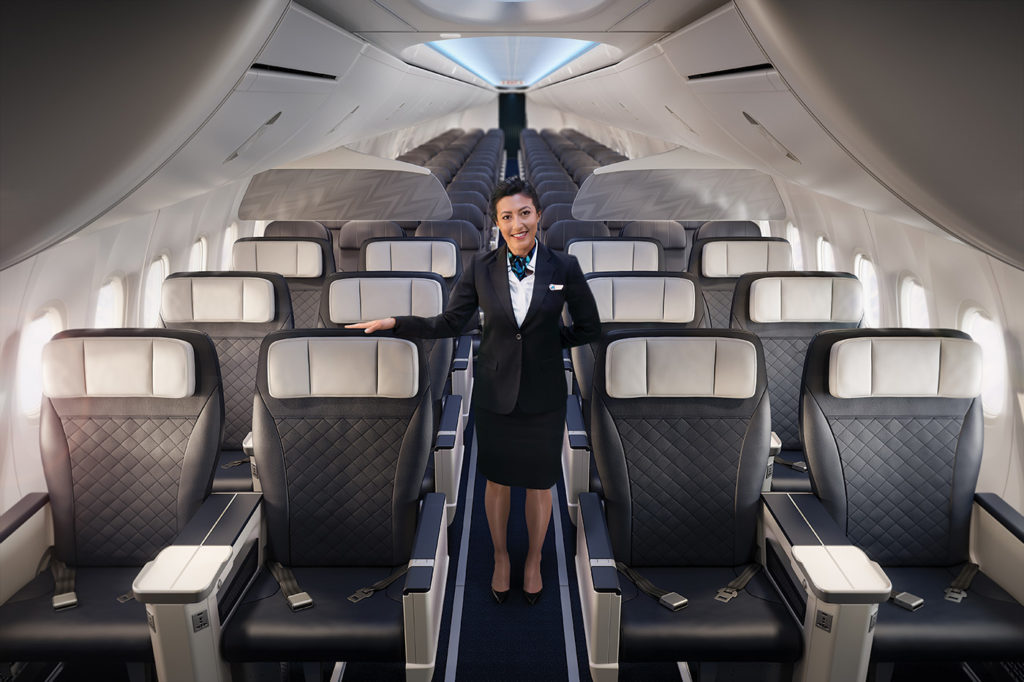
And, in 2018, we launched our first capacity purchase agreement with Pacific Coastal Airlines, called WestJet Link. WestJet Link flights are operated by Pacific Coastal using a fleet of 34-seat Saab 340B aircraft. The flights from five cities (Cranbrook, Prince George, Lethbridge, Lloydminster and Medicine Hat) to Calgary have been performing above expectation; but beyond that, the CPA [capacity purchase agreement] in Link and WestJet Encore build connectivity into our hubs in Calgary, Vancouver and Toronto. This connectivity is critical to the success of our upcoming Boeing 787 operations. WestJet Encore alone accounts for 14 per cent of guests connecting across our network–that’s about 16 737s-worth of flying.
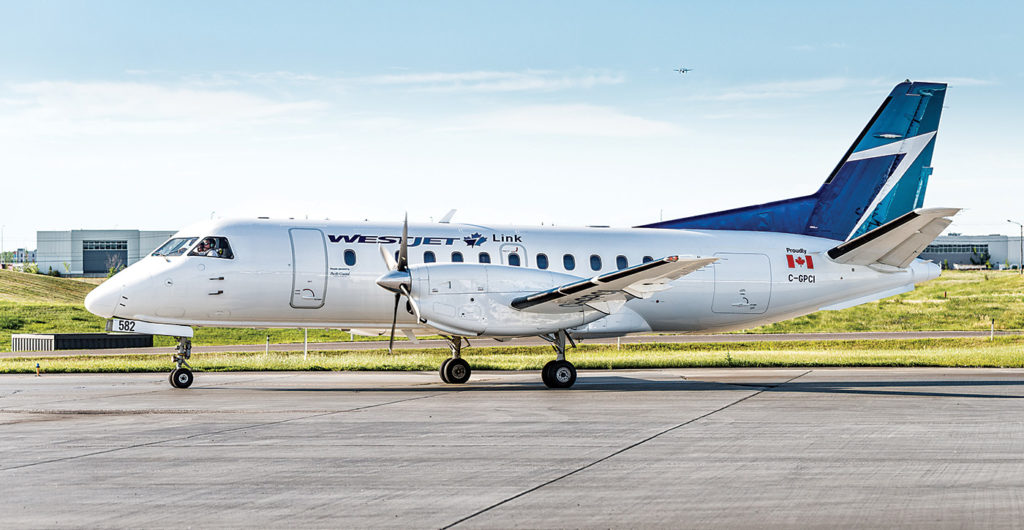
And beyond that, connectivity helps protect WestJet operations in Calgary while the local economy continues to remain volatile. We are now seeing more than 40 per cent of our guests through Calgary coming from connections.
Skies: From early announcements, it is apparent that the Dreamliner fleet will have a full business class product to include lie-flat beds. Could you outline the dimensions of where this new product will be offered through the WestJet fleet and network?
ES: Our Boeing 787-9 Dreamliners will launch to London Gatwick, Paris and Dublin from Calgary this spring, and our guests are in for an exceptional experience on board. For WestJet it’s a new beginning–from enhanced menu offerings, to lie-flat seats accompanied by luxurious blankets and pillows, turndown service and in-seat TVs, we will offer a premium service with a distinctly Canadian feel. We will have 16 of the pods in our business cabin.
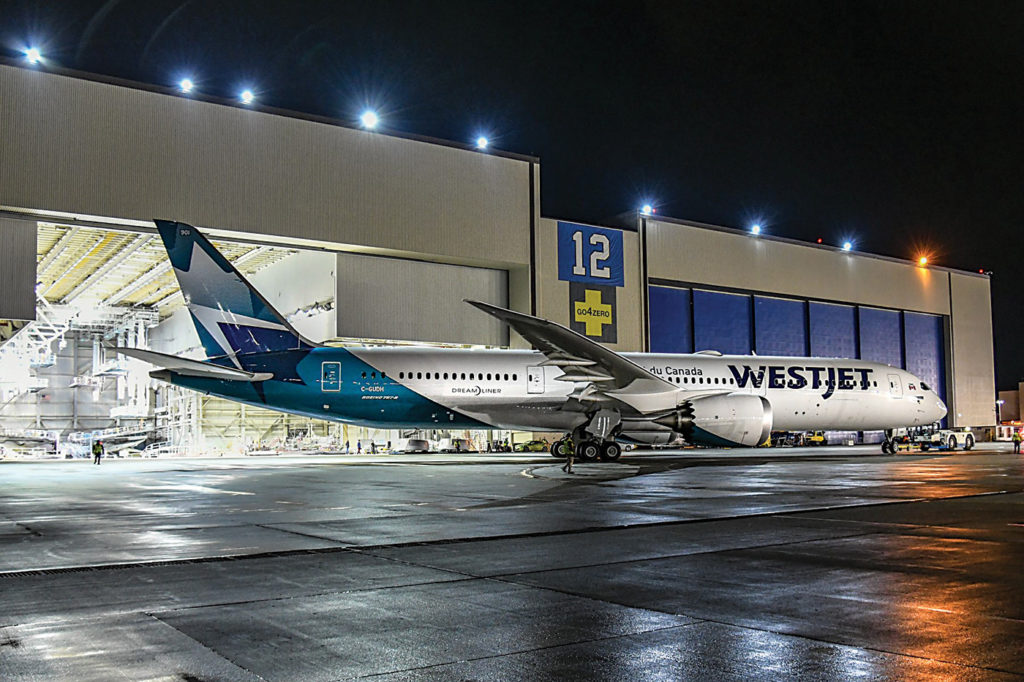
Beyond that, we have also reimagined the Plus experience. In doing so, we asked ourselves what the ideal combination of comfort, value and guest service could look like. By looking beyond what’s expected, we arrived at the answer: WestJet Premium. On the Dreamliner, the 28 seats in a 2x3x2 configuration offer an elevated guest experience with a separate and private cabin and cozy blankets and pillows available on every seat, along with a self-serve social area.
On our Boeing 767, Premium seats are in a 2x2x2 configuration in a separate and private cabin. Seats in Premium are in the first three rows of our 737 aircraft and have extra legroom. Currently, these seats are equipped with a middle seat blocker that will be phased out as we reconfigure to 2×2 seating across our 737 fleet to further enhance the Premium experience on board.
Skies: Where is this airline going to be in five years?
ES: Taking our rightful place amongst the most sought-after, boutique, personal and caring airlines in the world. Confident, consistent, competitive.
Skies: If you had the choice, pick five songs that would make the audio playlist on the new Dreamliner fleet and briefly, why?
ES: Songs to inspire about the journey ahead, help relaxation through the flight and then get every guest energized before starting the next adventure. Songs that reflect my love of travel, my British and Kiwi origins and my new favourite Canadian bands! They are: Weather with You – Crowded House; Half the World Away – Oasis; One Day Like This – Elbow; This Must be the Place – Talking Heads; and Ready to Start – Arcade Fire.
Skies: What is your favourite aircraft of all time, and why? And, what would be the circumstance that this aircraft would be under your management?
ES: I am truly not saying this for marketing purposes, but the Boeing Dreamliner, which I launched when at Air New Zealand, is my favourite aircraft. Its range, its comfort and the way in which it allows the passengers on board to feel less fatigued from long-range flying is remarkable. We are all looking forward to the arrival of our first aircraft [in January 2019] and can’t wait for WestJet guests to experience this same pleasurable flying out of Calgary.
Rick Erickson is an aviation enthusiast and a keen observer of Canada’s air carrier sector.

